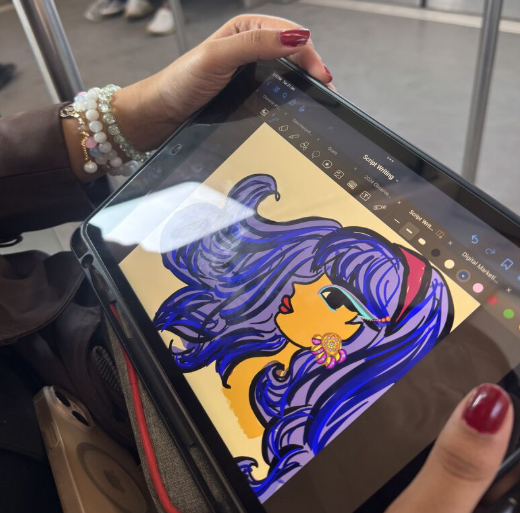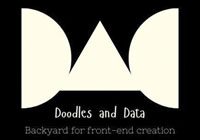AI in art
It’s crucial to highlight that many people fail to grasp the real issue here — that AI is stealing the work of artists who have dedicated years to mastering their craft. The widespread ignorance around the seriousness of plagiarism is deeply concerning.
I understand that people are simply trying to turn their loved ones’ photos into their favorite anime style. However, a significant portion of those engaging with this trend likely doesn’t even know what Studio Ghibli is. What they need to realize is that AI should be a tool to empower creativity, not something that strips away an artist’s expression.
A common defense I often hear is, “Oh, it’s just one or two pictures; it’s harmless.” But it’s precisely this casual attitude that fuels the problem. The ignorance of those who follow these trends without a second thought is what continues to harm original artists. What might seem like a passing trend to some actively devalues the hard work and talent of real creators.

AI can be helpful in certain aspects, like color schemes or frame adjustments, but storytelling requires soul — something AI cannot replicate. I once read a Tumblr post that said, “If you have love in your heart, you can tell the difference between AI and real art,” and I truly resonate with that. As I type this on my iPad during work hours, I genuinely feel that the general audience fails to accept their indirect role in this wave of AI plagiarism. By eagerly typing prompts like “turn my photo into Ghibli style,” they become unwitting catalysts for supercomputers to steal original work.
Criticizing this isn’t elitist. It’s about standing up for the value of authentic art. Yet, so many people are quick to dismiss these concerns by throwing around labels like “privileged,” “elitist,” or “trend hater.” The truth is, the general public doesn’t need to feel overwhelming guilt — they just need to stop promoting this behavior.
Some argue that criticism should be directed at big corporations and tech companies rather than the public. But let’s be honest — who is adding fuel to this fire? It’s the so-called “innocent” audience. Without their participation, the demand for stolen art through AI wouldn’t be nearly as high.
